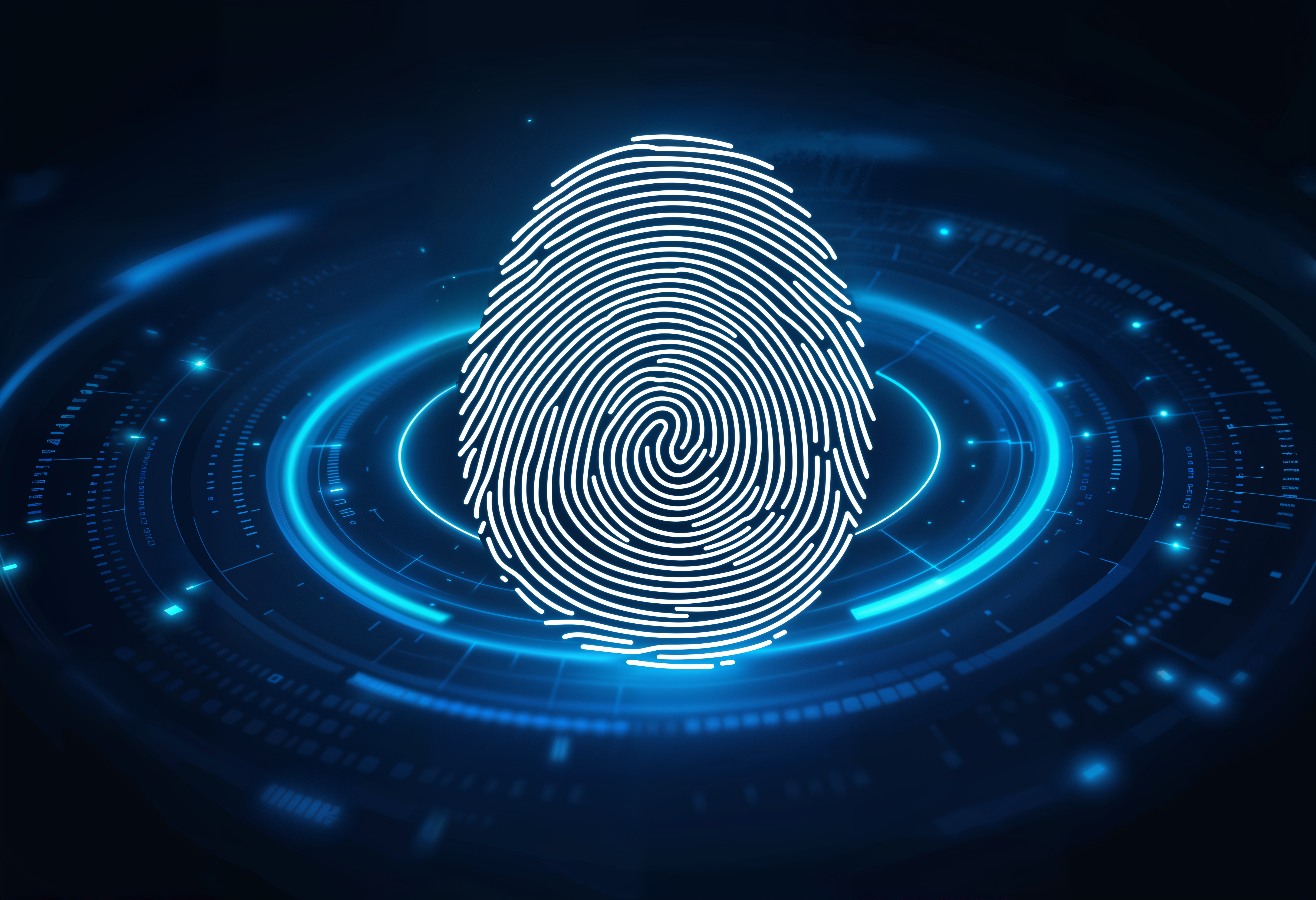Dermatoglyphics Multiple Intelligence Test
What is DMIT Analysis?

Dermatoglyphics Multiple Intelligence Test (DMIT) is a scientific assessment tool that analyzes fingerprint patterns to map an individual’s innate strengths, learning styles, and cognitive potential. Rooted in neuroscience, genetics, and psychology, DMIT connects fingerprint development (formed by the 24th week of gestation) with brain lobe functions and Howard Gardner’s Multiple Intelligence Theory.
Key Components of DMIT
1. Scientific Basis
- Fingerprints develop alongside the brain’s neocortex during fetal growth, reflecting neural distribution and genetic traits.
- Classifies patterns into
- loops (interpersonal skills),
- whorls (logical thinking), and
- arches (planning abilities).


2. Multiple Intelligence Theory
- Gardner’s theory identifies 8–9 intelligences (e.g., linguistic, logical-mathematical, musical). DMIT aligns these with fingerprint patterns to reveal dominant intelligences.
Why DMIT is Essential
For Students
- Identifies learning styles (visual, auditory, kinesthetic) to optimize academic performance.
- Guides subject/career choices based on innate strengths (e.g., logical vs. creative fields).
For Parents
- Reduces trial-and-error in extracurricular activities by uncovering hidden talents.
- Enhances parent-child communication through insights into behavioral traits.
For Educators
- Customizes teaching methods to match students’ cognitive profiles.
- Supports children with special needs (e.g., autism) by tailoring interventions.
For Professionals
- Aids career transitions by aligning roles with natural aptitudes.
- Improves workplace productivity through team compatibility assessments.
Historical Evolution
Ancient Roots
Fingerprint use traced to Babylonian and Chinese cultures for identification.
Modern Science 1823
J.E. Purkinje classified fingerprint patterns.
1892
Sir Francis Galton established uniqueness and permanence of fingerprints.
1920s–1940s
Harold Cummins linked fingerprints to embryology and genetics, founding dermatoglyphics.
1983
Gardner’s MI Theory integrated into DMIT for educational and career applications.
2000s
Patented DMIT software adopted globally for talent mapping.
Benefits of DMIT Analysis
Personal Growth
- Boosts self-awareness and confidence by clarifying strengths/weaknesses.
- Enhances decision-making in career and relationships.


Educational Efficiency
- Reduces time and financial waste on unsuitable courses.
- Improves memory and concentration through tailored learning strategies.
Career Success
- Provides data-driven career recommendations with 90–95% accuracy.
- Identifies leadership potential and stress-management styles.


Holistic Development
- Balances left-brain (analytical) and right-brain (creative) functions.
- Supports emotional intelligence (EQ) and adaptability (AQ).
Conclusion
DMIT bridges ancient biometric science with modern neuroscience to unlock human potential. By offering actionable insights into intelligence, behavior, and career alignment, it empowers individuals and institutions to make informed, data-driven decisions. Its non-invasive, lifelong applicability (ages 1–60) makes it a transformative tool for personal and professional growth .